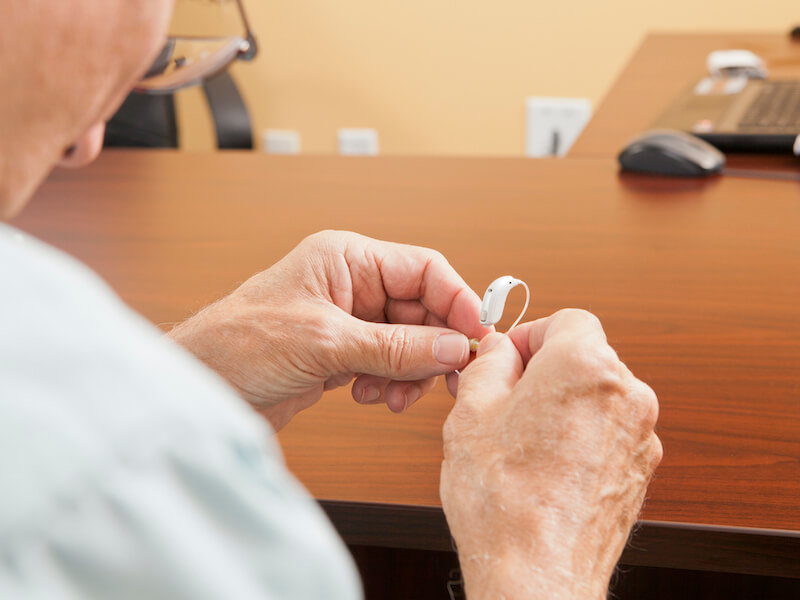
You go out of your way to make sure your hearing aids are well taken care of. When you go to bed, you always put them comfortably on the charger and you clean them every day.
Suddenly and discouragingly, your hearing aids are no longer working the way they once did. There are several things you can do to troubleshoot the issue, luckily. Just don’t forget: your number one job is to avoid damaging your hearing aid additionally (or you might have to replace them).
Hearing aid troubleshooting
Naturally, when you first got your nice new hearing aids, you made a point of storing the owner’s manual in a safe place. Hopefully, you did so that you can consult with your owner’s manual to perform maintenance and troubleshooting. Following your owner’s manual is important because every model of hearing aid is different.
Here are some things you can check on most models:
- Check your battery: You’ll still want to assess the battery power even if you had your hearing aids on the charger at night. It might be a good plan to check if you might need new batteries or if the old ones are properly inserted, particularly if your batteries are replaceable.
- Check for noticeable damage: Do you see any visible cracks or loose components around the shell of your hearing aid? Cracks, clearly, could suggest more significant damage (or let in moisture).
- Wax buildup: Perform a visual check of your hearing aid to make sure that there is no wax accumulation interfering with standard functionality. Even if you undertake routine cleaning, sometimes wax can build up quickly, so it’s worth checking this off your list.
- Keep your microphone clear: Check your hearing aid to find out if anything is blocking the microphone. Your hearing aid may feedback or simply fail to work if the microphone is blocked.
Again, check with your owner’s manual on how you should approach each of these issues. Self-maintenance is sometimes possible.
When does my hearing aid need repair?
Your hearing aid will most likely have to be professionally repaired if you do routine upkeep and it still malfunctions. That might not always sound desirable, after all, you depend on your hearing aid for day-to-day communication (along with dinners with your family, staying up to date with your favorite Netflix series, and so on).
It’s definitely worth taking note that “repair” doesn’t necessarily mean “send your hearing aids in for service and wait a few weeks”. In some cases, we can fix it in office and you can take it with you when you leave.
Or, depending on the degree of the damage, you could have your hearing aids back in a few hours.
But rapid repair will not be possible in every case. And in those situations, you may find yourself in need of a backup pair of hearing aids. So if you have an old pair lying around, ask whether they will serve on a temporary basis. Or maybe we have a loaner pair you can borrow.
Don’t wait to get assistance with your hearing aids
It’s essential to have your hearing aid checked and repaired if you begin to notice the audio quality is starting to fail.
Any degree of downtime should be prevented. Untreated hearing loss can impact your general health, including your mental health. And it becomes all too easy to leave your hearing aids sitting in a drawer somewhere while your hearing continues to deteriorate.
The optimum way to keep your hearing working properly is to keep those hearing aids working. And the ideal way to do that is to clean them, keep them charged, and, when needed, bring your hearing aids to get some professional repair.